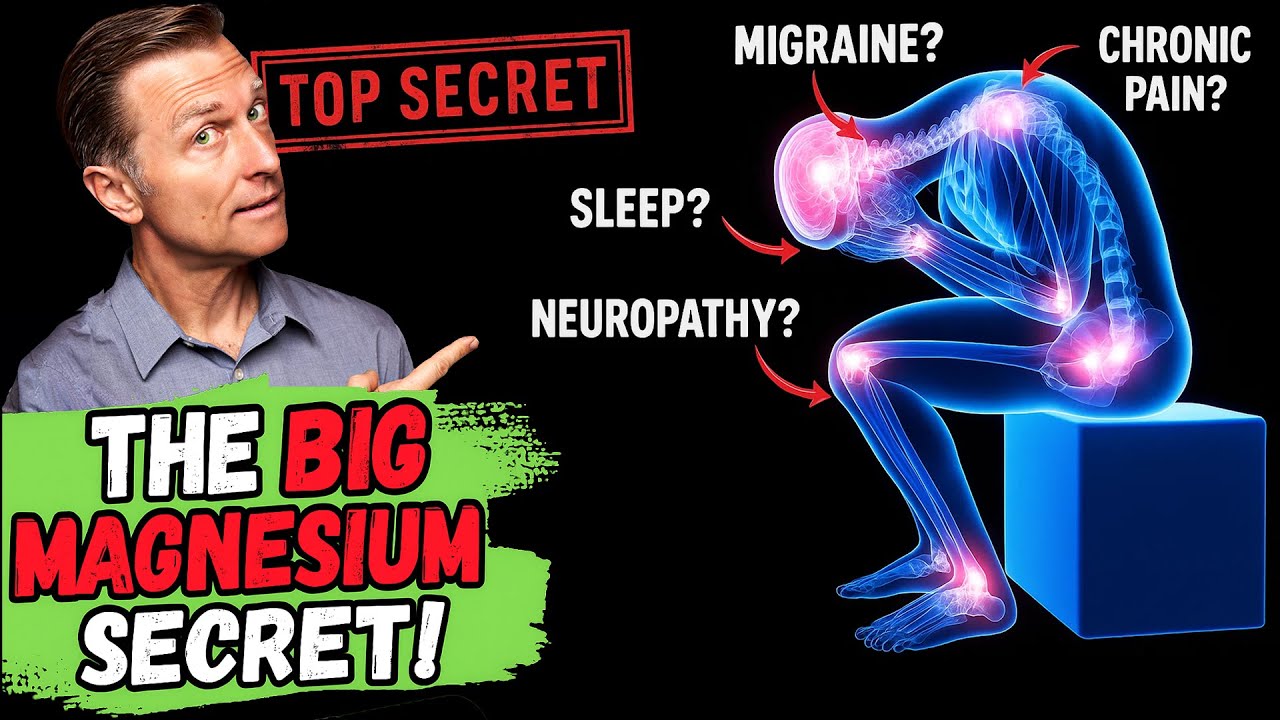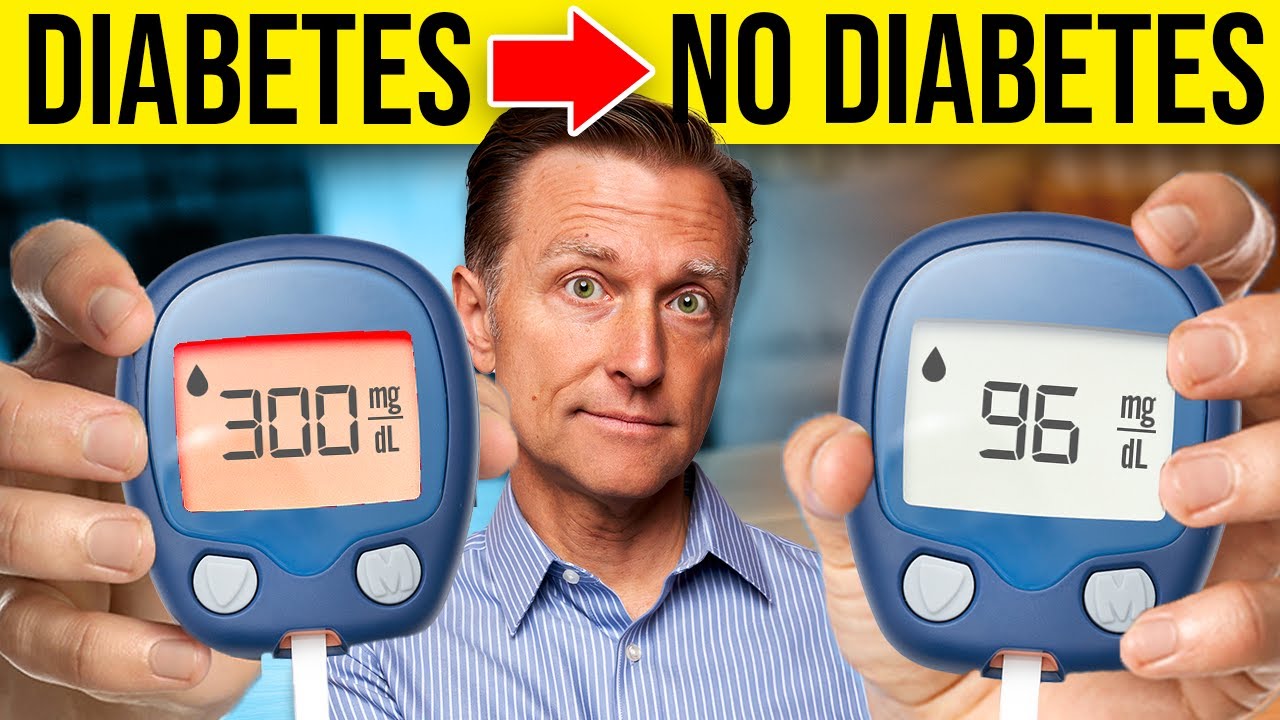When your doctor tells you your it might seem adequate, but in reality, only 1% of the body’s magnesium resides in the bloodstream. The rest—99%—is stored in cells, muscles, bones, and vital organs. This imbalance means standard blood tests often miss a hidden deficiency, while common symptoms go unnoticed.

As a wellness nutritionist and holistic chef, I’ve seen firsthand how overlooked magnesium plays a pivotal role in energy, relaxation, sleep, and chronic disease management. In this guide, we’ll explore:
- ✅ Why blood tests aren’t enough
- ✅ Red-flag symptoms of low magnesium
- ✅ Optimal dietary sources and supplements
- ✅ Magnesium’s critical role in calcium balance, heart rhythm, and kidney health
- ✅ 3 game-changing secrets for leveraging magnesium
Blood Tests Can Be Misleading
Magnesium is mostly stored in tissues—not in your blood. When levels decline, your body pulls from bone, muscle, and internal stores to maintain critical functions. That leads to normal test results but depleted reserves under the surface.
Key takeaway: A “normal” blood magnesium level doesn’t guarantee adequate cellular magnesium. You need to assess symptoms and lifestyle to detect deeper depletion.

Warning Signs of Magnesium Deficiency
If you experience one or more of these issues, low magnesium may be the culprit:
- Facial or muscle spasms (especially eyelids)
- Frequent cramps or charley horses
- Heightened anxiety or racing thoughts
- Trouble falling and staying asleep
- Sugar cravings that never seem to resolve
These are classic signs that your magnesium stores are slipping.
Daily Magnesium Needs & Food Sources
Adults generally require about 400 mg of magnesium daily, but many only ingest tiny amounts from food—and even less when absorption is compromised.
Here’s why:
| Food Source | Magnesium Content | Notes |
|---|---|---|
| Almonds (5 cups) | ~400 mg | Impractical serving size |
| Spinach (5 cups) | ~400 mg | Heavy bulk |
| Dark chocolate bars (4) | ~400 mg | High in sugar |
Typical dietary intake rarely hits the 400 mg mark—so supplementation is often necessary.

Absorption Challenges
Some foods and lifestyle factors reduce magnesium uptake:
- Gut inflammation or leaky gut can drop absorption by 60–70%
- Refined carbs, sugars, and processed foods deplete magnesium
- Alcohol, caffeine, and some medications accelerate loss
These factors compound the challenge, even if your diet includes magnesium-rich foods.
Choosing the Right Supplement
Over-the-counter formulations can vary widely. Magnesium oxide, for example, has just 3–4% bioavailability and often causes diarrhea. For better absorption and gentle digestion, opt for magnesium glycinate, which offers about 80% uptake and is soothing for nerves and sleep.
Magnesium: The Master of Calcium Balance
Magnesium plays a crucial role in preventing calcium overload inside cells. Too much cellular calcium causes hardening, calcified tissues, and even contributes to age-related calcification. Though vitamin K2 helps shuttle calcium to bones, it’s magnesium that actively ensures calcium doesn’t build up harmfully in the wrong places.
Protecting Kidneys & Preventing Heart Rhythm Issues
- Kidney stones: Magnesium binds oxalates more strongly than calcium (100x better), reducing stone formation
- Muscle contraction: Calcium triggers contraction, while magnesium promotes relaxation—so muscle tightness often signals imbalance
- Arrhythmias: Low magnesium is a risk factor for atrial fibrillation and other irregular heart rhythms; restoring levels may require months of supplementation

Higher Magnesium Needs for Certain Conditions
Some health issues demand more than the standard 400 mg daily:
- Chronic migraines
- Fibromyalgia and widespread pain
- Anxiety and mood disorders
- Type 2 diabetes (magnesium supports blood sugar regulation)
In these cases, therapeutic doses—up to 1,000–1,500 mg per day—taken over months may be needed to fully replenish stores.
Secret #1: Hard Water Matters
Historically, magnesium came from hard spring or well water, but many municipalities now soften water—reducing beneficial mineral content. Regions with unsoftened water show lower heart attack rates, while those with softened water have seen an increase. Reintroducing magnesium—via diet, supplements, or even trace minerals back to your water—can support cardiovascular and metabolic health.
Secret #2: Magnesium Powers Vitamin D & B1
Magnesium is essential for activating vitamin D—without it, even high vitamin D intake won’t work properly. Plus, thiamine (vitamin B1), which helps manage stress and energy levels, relies on magnesium to function. Boosting magnesium amplifies the benefits of these vital nutrients.
Secret #3: Magnesium Fuels Cellular Powerhouses
Within your cells are molecular motors—especially in mitochondria—that burn fuel 200–400 times per second to produce ATP, the energy currency. These motors require magnesium to function efficiently. Low magnesium undermines mitochondrial performance, leading to fatigue, low resilience, and poor stress response.

Practical Tips to Optimize Magnesium & Health
- Test symptoms—not just blood levels. If you’re displaying key signs, consider supplementation.
- Embrace magnesium glycinate. 200–400 mg at night improves sleep, stress reduction, and nutrient absorption.
- Support vitamin D & B1. Don’t take mega doses of these vitamins unless magnesium is sufficient.
- Improve absorption by fixing your gut. Anti-inflammatory foods, fermented foods, and collagen help.
- Use mineral-rich hard water or add trace minerals. Helps avoid long-term depletion from softened water.
- Monitor and adjust dosage. For chronic conditions, start low and increase slowly to therapeutic levels (e.g., up to 1,000 mg/day).
- Eat magnesium-rich whole foods: leafy greens, seeds like pumpkin and chia, nuts (unless allergic or limiting carbs), legumes, and whole grains.
Final Takeaway
Magnesium is a foundational micronutrient, essential for energy, muscle relaxation, heart stability, mineral balance, nerve health, and bone integrity. Relying on blood tests alone can mask a critical deficiency that manifests in common symptoms. By incorporating magnesium glycinate, supporting nutrient partners, and improving absorption, you can reclaim energy, reduce muscle tension, support healthy sleep, and protect your long-term well-being.

Ready to Rebuild Your Energy and Wellness?
To discover more about enhancing nutrient balance, optimizing sleep and recovery, or creating a customized nutrition plan tailored to your unique needs, explore our guides or book a complimentary consultation today. Small changes in mineral intake can yield big results over time.
Let’s reconnect your body’s energy from the inside out—starting with magnesium.



